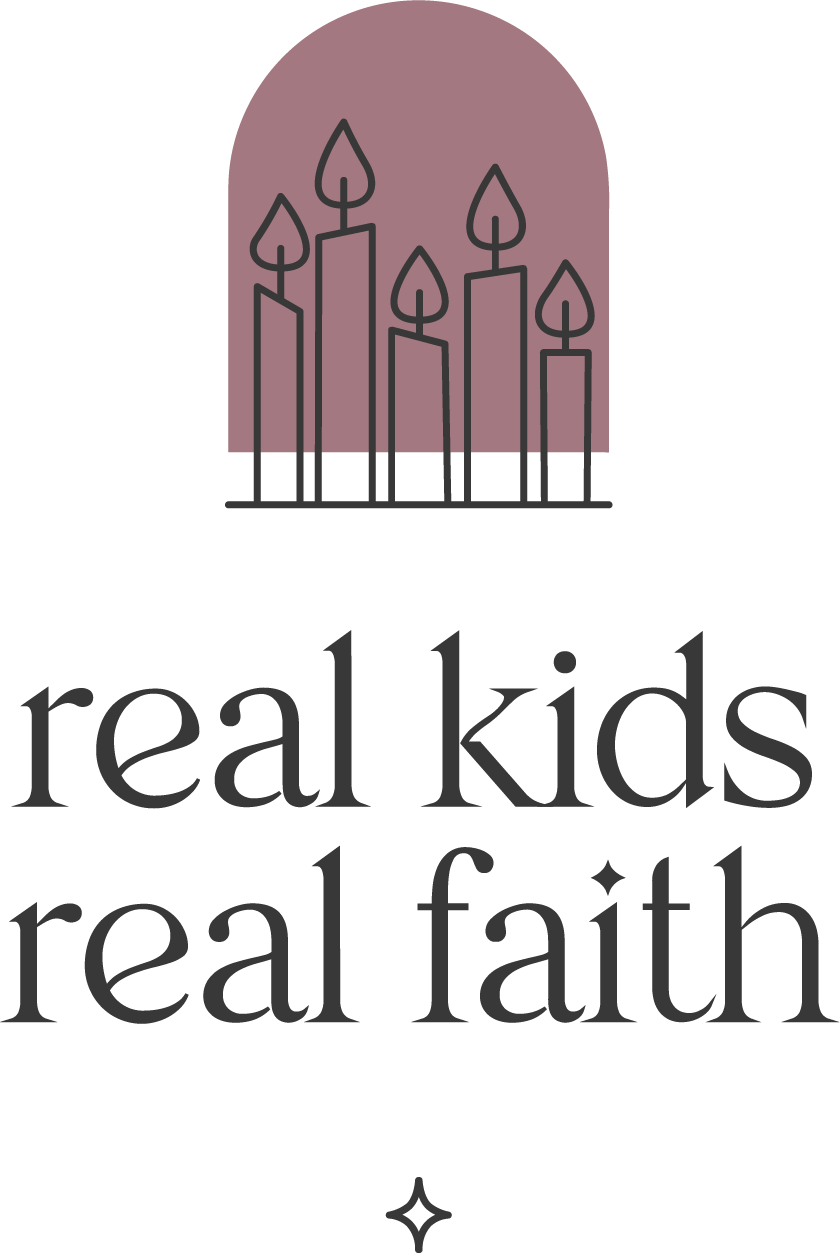“I’m going to be a programmer when I grow up,” said my 10-year-old daughter. She had just checked out several books on computer languages from our local library. Over the summer, she taught herself to code in four systems. Several computer camps and a computing science degree later, she landed her dream job with Google.
Numerous studies show that thinking about the future is good for children and adults. It influences the decisions we make, affects our goals, and even encourages generosity and cooperation. Being able to envision who we want to be (our future self) can help us weigh the pros and cons of certain actions now that might help or hinder our plans.
Prospection (future-oriented thinking) occurs in animals and humans. Scientists say even infants show signs of such thinking, and preschoolers are fully capable of imagining a future self and describing things they can do to become that person. However, engagement in future-mindedness appears to decline as children age.
Feeling disconnected from their future self is one reason children’s prospection declines. If their imaginative ideas about who they will become are labeled ‘cute’ or ‘silly’, they may stop imagining possibilities. Noticing that no one who looks like them has achieved their dreams can be discouraging as well. Kids need encouragement and role models to keep their mental and emotional time traveling skills intact.
It turns out that strong future-mindedness is also tied to how children think about their past and present experiences. Looking backward provides kids with a sense of their past challenges and accomplishments. They use this information to shape their sense of self now and in the future. Paying attention to the present also gives them valuable information about what they like and how they feel, which often influences their future likes and emotions.
One way parents and caregivers can encourage future-mindedness is by inviting children to write or record letters to their future selves. Younger children may need an adult’s assistance, whereas older children may want to keep their thoughts to themselves. In that case, the adult’s role may be solely to store the letter safely until it is meant to be opened by the child.
Suggest that children divide their letter into three parts: past, present, and future. In the past section, kids recall things that have happened in the past that they consider important to remember. They might share stories of how they learned an important skill, navigated a family move, managed fears, or successfully achieved a goal.
In the present section, children describe some things about themselves and their lives now. Suggest that they share some of their everyday activities, as well as ideas about themselves and the world. Encourage them to include feelings that accompany these activities and ideas. For example, they might describe their annoyance with a sibling who teases them or excitement over a new pet.
The future section is where kids imagine who and where they will be in six months or a year. Suggest that they ask themselves questions, such as “Did you make new friends? Start a new hobby?” The answers they develop become a description of the future self they hope to become. When they read or listen to their letter later, they see how their actual and imagined selves are changing.

Comments